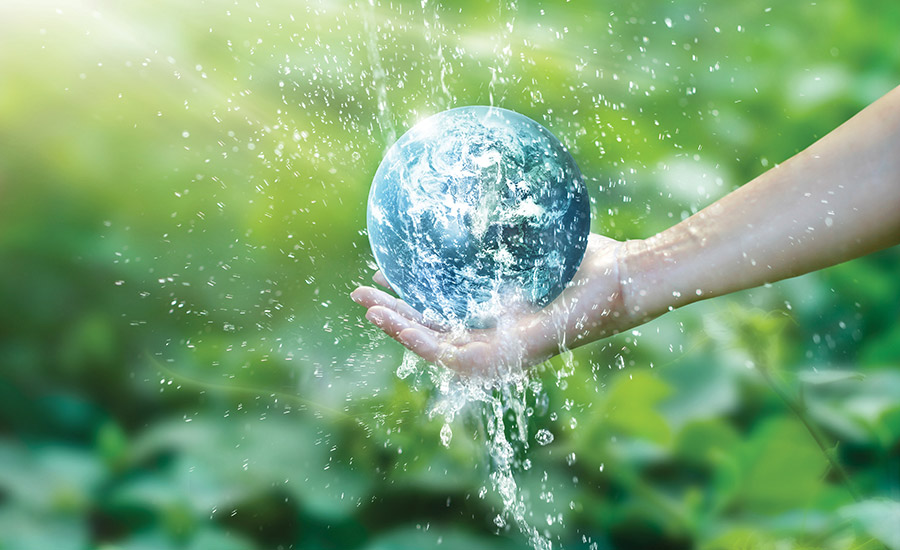The RO Plant Ejects A Lot Of Waste Water
The using of domestic RO plant means wasting sixty to seventy per cent of water if not used with care. However, water is precious, and in some cities, water is scarce and limited also. So here is how to use the excess water that comes as wastage from the domestic water treatment plant. On average, we get one litre of clean water out of every three litres of water that are put into the RO plant.
The Reverse osmosis technology filters out the impure water through the filtering membrane and the water with dissolved impurities is ejected out through the outlet pipe. Because of the high level of contaminants suspended in the water, this unclean water is not at all eligible for drinking or for taking a bath. However, water is precious, and this unclean water should be preserved to do other household work. To use the bilge water, it is better to check the TDS level once from the Pureit service near me.
Washing The Car
The TDS level of around 1500 PM can be used without any hindrances for the washing of car wash. One can safely store the bilge water in buckets or a tank which should be cleared at regular intervals. If the TDS level is higher than 1500 PM, the running tap water can be mixed with the waste water from the RO plant to keep it usable. This diluted water may then be used for a car wash. A regular car wash keeps the car in a healthy and clean position, and this requires a lot of water. The stored bilge water ejected from the RO water purifier will come into use very well. A spick and span car is the mark of the prestige of the rider. Riding a regularly washed clean car gives a clean and elegant image.
Watering The Plants Of The Garden
It is better to have a flush of green in the house or on the balcony, and this requires regular watering. The ejected water from the domestic water purifier of reverse osmosis acts as an excellent resource for the grown of the plant. This is more so because minerals are suspended in the bilge water which is required by plant but is not suitable for human consumption. Pertinent here is to know that the levels of minerals needed by different plants are different. Mainly this is useful for people who reside in urban areas. This is because, in the urban areas, the TDS level of the wastewater from the RO plant is lower and contains lesser impurities.
The water, however, must be checked for sodium content, and if the sodium content is higher, it should be diluted with enough fresh tap water. The reason is sodium increases the porosity of the soil. Even if a chemical test is not available, one may use the wastewater on a lesser number of plants to see how they are reacting. The bilge water suspended with minerals may accelerate the growth of plants if the impurities content is lower and the mineral contents are higher.
Washing Of Unclean Dishes
To wash the unclean utensils, the wastewater from RO can be collected in a bucket or a tank in the kitchen or the bathroom if there is a separate one. One should make sure that this water is not used for bathing or drinking purposes. The bilge water will clean the dishes easily and will wipe off the muck from them. If there is a stain of salt on the dishes, more tap water should be used to dilute the bilge water. It should be avoided to wash porcelain dishes and cups with the bilge water as they retain stain much, and freshwater should be used to clean the same.
Washing Clothes
The washing machines require plenty of water to run. There may be a tap fitted to the machine which will pass on the bilge water from the sink to the washing machine and help in the running of the washing machine. However, there are some garments made of delicate fabrics. The bilge water should be avoided, and instead, tap water should be used for those.
Cleaning The Floor
Regular maintenance of a clean house requires a lot of water. Using the bilge water from the RO plant will save a lot of water. If the TDS level is not up to a satisfactory mark, there should be a mix of regular tap water. Regular cleaning of the floor will keep the house clean and germ-free. A clean home is good to stay at and keeps the mind fresh and calm.
Cleaning The Toilets
A lot of water is required to flush the toilets properly. It is advisable to collect the wastewater from the RO filter plant and use it for the flushing of the toilet. Enough water spends for flush will keep the sanitation free of germs and in a clean position.
So collecting the wastewater from the Water purifier that uses reverse osmosis is a good decision to help in the maintenance of household cleaning activities.
